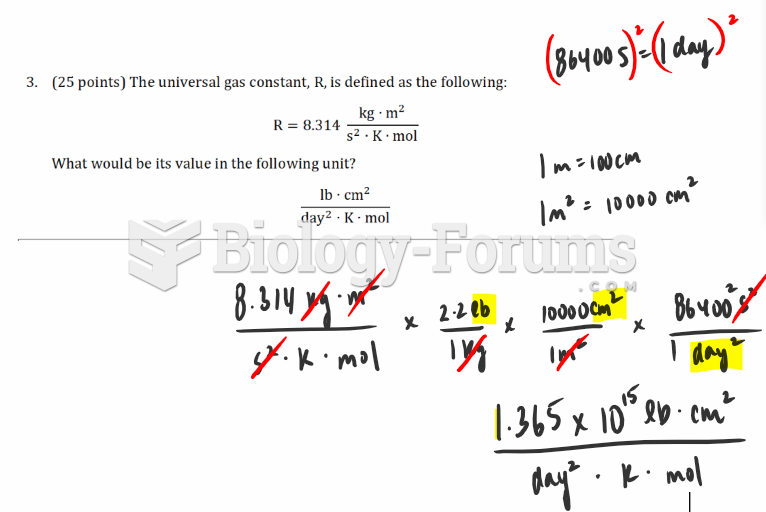|
|
|
About 100 new prescription or over-the-counter drugs come into the U.S. market every year.
Computer programs are available that crosscheck a new drug's possible trade name with all other trade names currently available. These programs detect dangerous similarities between names and alert the manufacturer of the drug.
When blood is exposed to air, it clots. Heparin allows the blood to come in direct contact with air without clotting.
Prostaglandins were first isolated from human semen in Sweden in the 1930s. They were so named because the researcher thought that they came from the prostate gland. In fact, prostaglandins exist and are synthesized in almost every cell of the body.
Multiple experimental evidences have confirmed that at the molecular level, cancer is caused by lesions in cellular DNA.







